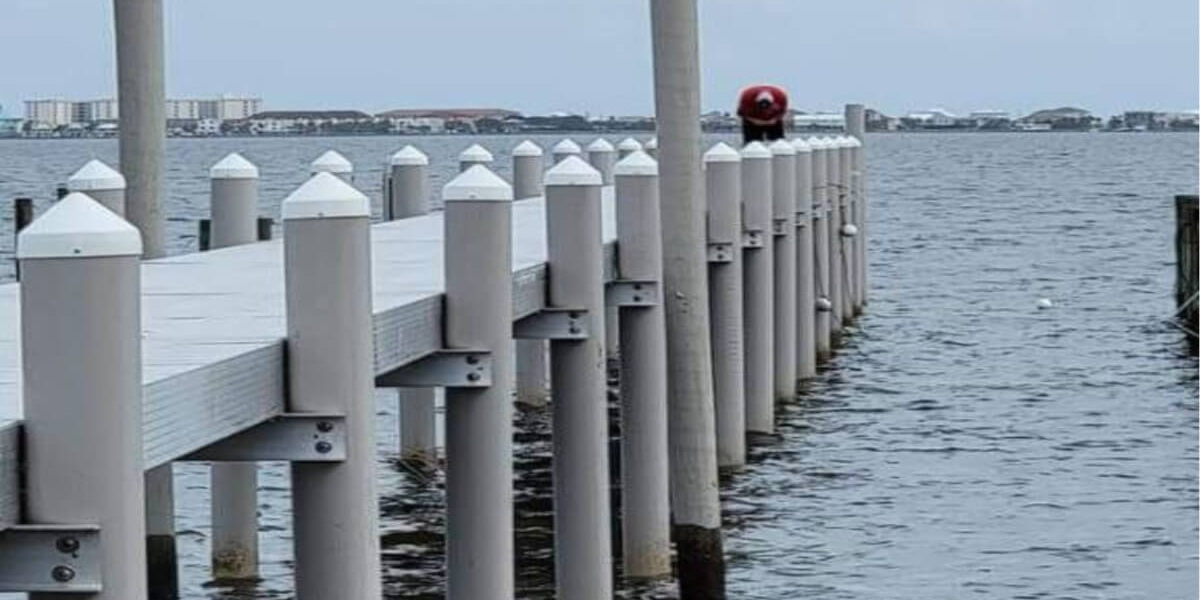Owning a boat is a significant investment that provides endless enjoyment and adventures. But just like any other investment, proper maintenance and care are crucial to ensure its longevity. One of the best ways to protect your boat and keep it in pristine condition is by using boatlifts. In this guide, we'll dive into everything you need to know about boat lifts, including types, benefits, and key considerations.
What is a Boat Lift?
A boat lift is a mechanical device designed to elevate your boat out of the water when it’s not in use. This helps to prevent potential damage from constant exposure to water, such as corrosion, algae buildup, and damage from fluctuating water levels. Boat lifts are installed at docks, piers, or marinas and are particularly useful for boat owners who want to extend the lifespan of their vessels and maintain their performance.
Types of Boat Lifts
Choosing the right type of boat lift depends on factors like the size of your boat, water depth, and your dock setup. Here are the most common types of boatlifts:
- Floating Boat Lifts
- These are perfect for fluctuating water levels or deep water. Floating lifts use air tanks that raise and lower the boat by inflating and deflating the tanks. They are often used in marinas and can be installed in various types of water environments, including fresh and saltwater.
- Cantilever Boat Lifts
- Ideal for shallow waters, cantilever boat lifts use a system of levers to raise the boat. These lifts are durable, easy to use, and offer great protection from water damage.
- Piling Boat Lifts
- Mounted on permanent piles driven into the waterbed, piling boat lifts are great for areas with tidal fluctuations. They provide excellent stability and support for heavier boats.
- Hydraulic Boat Lifts
- If you want speed and efficiency, a hydraulic boat lift is a great choice. Powered by hydraulic pumps, these boatlifts can raise and lower boats quickly, making them ideal for frequent boaters. They also have fewer moving parts, which reduces the need for maintenance.
- Vertical Boat Lifts
- These lifts work well in deeper waters and areas with significant water level changes. Vertical lifts raise the boat straight up, making them versatile for different types of watercraft.
Benefits of Using a Boat Lift
Investing in a boatlift offers numerous benefits, ensuring your boat stays in top condition while saving you from costly repairs. Here are the top advantages of using a boat lift:
- Protection from Water Damage
Constant exposure to water can cause hull corrosion, algae buildup, and damage to the boat’s components. By keeping your boat elevated out of the water, you prevent these issues and reduce the need for regular cleaning.
- Enhanced Safety
Boat lifts provide stability and safety when boarding or launching your boat. There's no need to worry about your boat bumping against the dock during rough weather or fluctuating water levels.
- Convenience
With a boatlift, you can easily launch or dock your boat without the hassle of trailers and ramps. This saves time and allows for quicker access to the water when you're ready to hit the waves.
- Increased Longevity
By keeping your boat out of the water when not in use, you're preserving its hull, reducing wear and tear on important parts, and extending the overall lifespan of your boat.
- Increased Resale Value
Boats that have been well-maintained with a boatlift are often in better condition and hold higher resale value. Future buyers will appreciate the care you took to protect your boat from unnecessary damage.
Key Considerations When Choosing a Boat Lift
Not all boat lifts are created equal. When selecting the right boatlift for your vessel, it’s important to consider the following factors:
- Boat Size and Weight
Different lifts are designed to handle specific boat sizes and weights. Be sure to choose a lift that is compatible with your boat’s weight and dimensions to avoid damage to both the lift and the boat.
- Water Depth and Fluctuation
Some lifts, like cantilever lifts, work best in shallow water, while others, like floating lifts, are ideal for deep water or locations with tidal changes. Understanding the conditions of your docking area will help you choose the right lift.
- Material and Durability
Most boatlifts are made from materials like aluminum or galvanized steel, which resist corrosion. If your boat is in saltwater, it’s essential to invest in a lift designed to withstand the harsh, corrosive environment.
- Power Source
Consider how your boat lift will be powered. Some lifts are manual, while others use electricity or hydraulics. Electric and hydraulic lifts are more convenient but may require a higher upfront investment and ongoing maintenance.
- Maintenance
Although boatlifts are designed to be durable, they still require regular maintenance to function properly. Choose a lift with fewer moving parts or one that is easier to maintain if you want to reduce maintenance costs and effort.
Final Thoughts
A boatlift is an excellent investment for any boat owner looking to protect their vessel and simplify the boating experience. By lifting your boat out of the water when not in use, you can avoid costly damage, preserve your boat’s condition, and enjoy more time on the water.
Whether you own a small fishing boat or a larger yacht, there’s a boat lift designed to meet your specific needs. Carefully consider the type of lift that best suits your boat, water conditions, and lifestyle, and you’ll enjoy many years of smooth sailing.









